
Freda Kreier
Science writing intern, Fall 2021
Freda Kreier was an intern at Science News in the fall of 2021. She holds a bachelor’s degree in molecular biology from Colorado College and a master’s in science communication from the University of California, Santa Cruz.
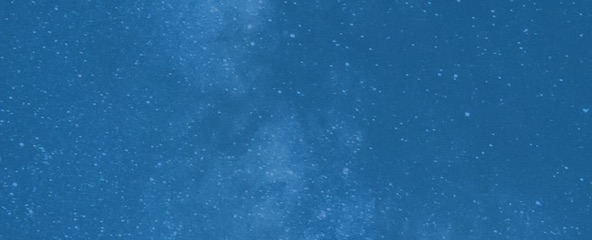
Trustworthy journalism comes at a price.
Scientists and journalists share a core belief in questioning, observing and verifying to reach the truth. Science News reports on crucial research and discovery across science disciplines. We need your financial support to make it happen – every contribution makes a difference.
All Stories by Freda Kreier
-
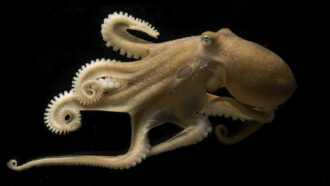 Animals
AnimalsRNA editing helps octopuses cope with the cold
California two-spot octopuses tweak the proteins they make, potentially to help maintain brain function when temperatures dip.
-
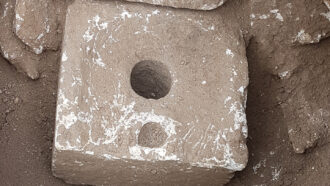 Humans
HumansOldest traces of a dysentery-causing parasite were found in ancient toilets
Scientists have found traces of giardia in two toilets used by wealthy residents of Jerusalem in the 7th and 6th century B.C.
-
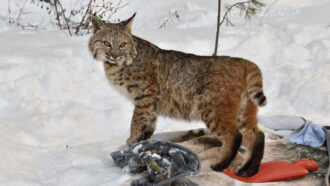 Life
LifeLarge predators push coyotes and bobcats near people and to their demise
Coyotes and bobcats hide near people when wolves, cougars and other large predators are close-by, putting the smaller carnivores at a higher risk of dying at human hands.
-
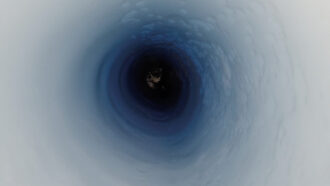 Life
LifeIn one lake deep under Antarctica’s ice, microbes feast on ancient carbon
Microorganisms living in a lake beneath the ice sheet in West Antarctica feed on ocean carbon that was deposited 6,000 years ago.
-
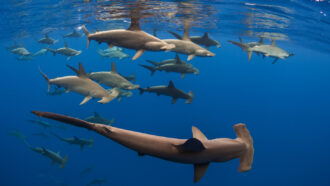 Animals
AnimalsWhy some hammerhead sharks seem to ‘hold their breath’ during dives
Scalloped hammerhead sharks in Hawaii seem to limit the use of their gills during deep dives to prevent losing heat to their surroundings.
-
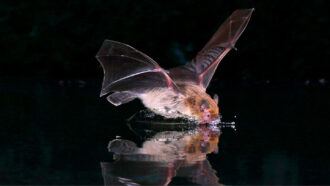 Animals
AnimalsPregnancy may hamper bats’ ability to ‘see’ in the dark
Tiny Kuhl’s pipistrelle bats make fewer calls when pregnant, which may make it more difficult to hunt prey, lab tests hint.
-
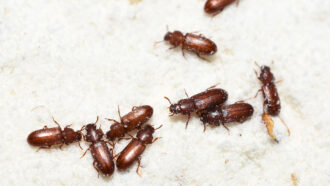 Life
LifeHow some beetles ‘drink’ water using their butts
Red flour beetles, a major agricultural pest, suck water out of the air using special cells in their rear ends, a new study suggests.
-
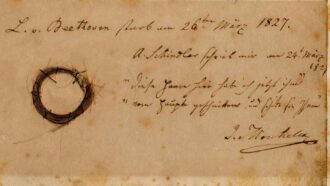 Genetics
GeneticsDNA from Beethoven’s hair hints at what killed the composer
Many historians suspect Beethoven died from liver failure. A new analysis shows he had a heightened genetic risk for liver disease, researchers say.
-
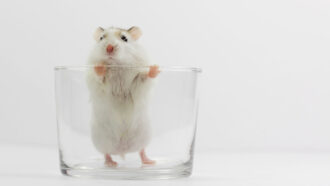 Health & Medicine
Health & MedicineA hormone shot helped drunk mice sober up quickly
Drunk mice injected with the hormone FGF21 woke up and regained their balance faster than inebriated mice that did not receive the shot.
-
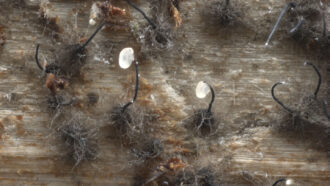 Life
LifeChemical signals from fungi tell bark beetles which trees to infest
As fungi break down defensive chemicals in trees, some byproducts act as signals to bark beetle pests, telling them which trees are most vulnerable.
-
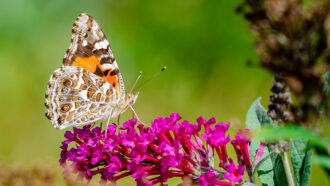 Life
Life76 percent of well-known insects fall outside protected areas
Protected areas can provide safe havens for insects, but many existing ones fall short, a new study finds.
-
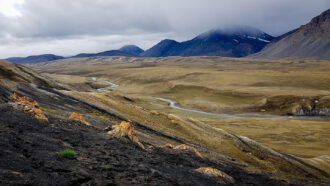 Life
LifeFossils suggest early primates lived in a once-swampy Arctic
Teeth and jawbones found on Ellesmere Island, Canada, suggest that two early primate species migrated there 52 million years ago.